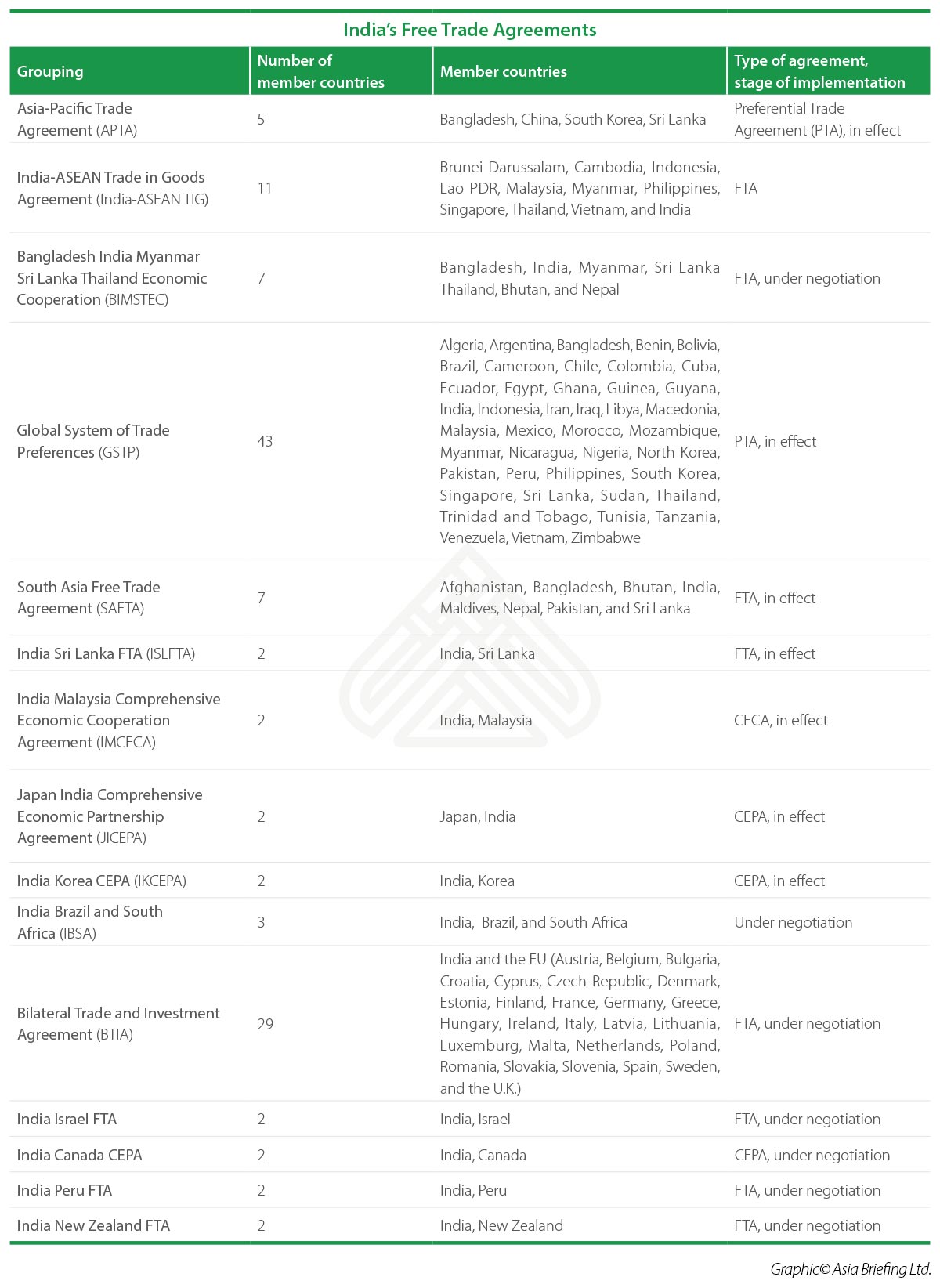

/Interactive_Brokers_Recirc-df0c32f1266145e9afe05ff7845bcc93.jpg)
Hence, what is left in the green are goes to no one – that is why Area 5 is said to be a DWL)
#IB FREE TRADES HOW TO#
(Be sure to know how to explain why is this the DWL! The green area is the size of the subsidy, everything in the green area apart from Area 5 goes to producers to increase their revenue. Deadweight welfare loss: due to increased production by the inefficient domestic producers (over allocation of resources to those producers), Deadweight Welfare Loss (DWL) marked triangle Area 5 emerges.Foreign Producers: their revenue decreases from (Area 2 + Area 3 + Area 4) to (Area 3 + Area 4) as rice imports shrank.Their revenue increase from (Area 1 + Area 2) to (Area 1 + Area 2 + green-marked area). Domestic Producers: the price that they receive increases to Pw+subsidy.



 0 kommentar(er)
0 kommentar(er)
